Author: Christine Skirbunt
They arrived by ships from all over the world and once they disembarked, they did so for a permanent life in a new land. They came via dirt trails in long wagon trains. Some walked alongside the oxen. Some sat in the rickety wagon. Others arrived in wicker baskets with latched tops or were carried in the arms of their owners. In whichever manner they arrived, dogs and cats were an integral part of America’s push Westward in the 19th and early 20th centuries.
Before these new four-legged settlers came across the ocean, America had limited dogs and no cats. Their absence and need in the West were quickly recognized early-on by the first American gold diggers and pioneers. They knew that the animals were a necessity, for not only did these domesticated animals need humans, but humans also found they could not do without their furry counterparts. The animals’ contributions to pest control, security, companionship, and cultural integration were invaluable. Cats and dogs helped ensure the survival and well-being of countless families and fledgling communities.
Dogs were the easier of the two animals to take across the country by land, but they were by no means the first dogs in America. Indigenous dogs had long been a part of Native American life, serving as pack animals and hunting aids.
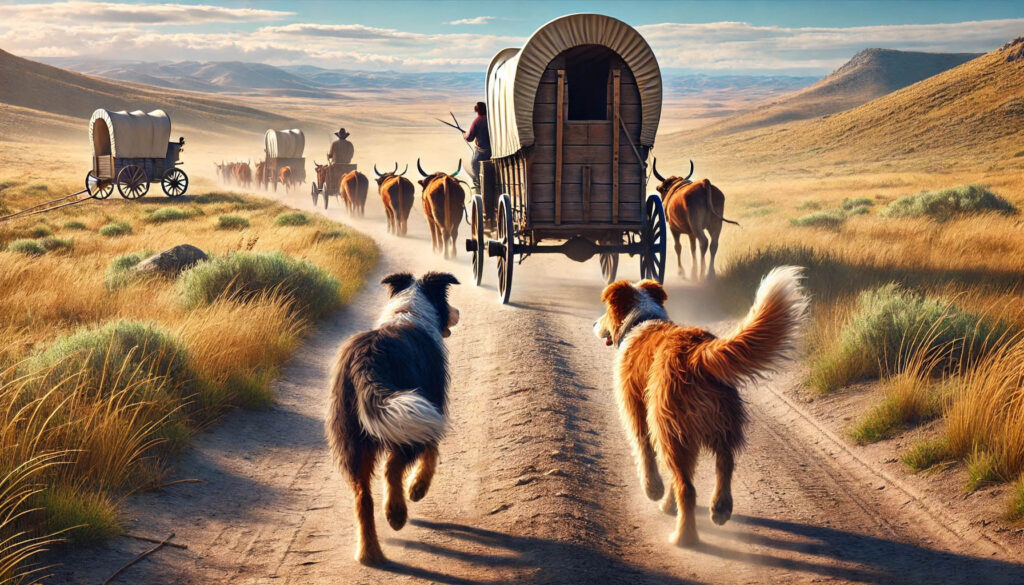
But cats, on the other hand, were not a native species. While America had its share of big cats (bobcats, cougars), the smaller and cleverer domesticated cat was something of a novelty to the Native Americans. Cats were altogether both new to them and America as a whole. Besides the wonderment that these unfamiliar domesticated animals garnered, cats became desirable for their pest-control abilities. Native Americans traded goods such as furs, food, and hand-crafted items for cats, which were then incorporated into their own settlements.
The Westward Expansion of the 19th century was driven by the promise of land, gold, and opportunity. It was a monumental chapter in American history. And from the Native American communities to mining towns, the Oregon Trail, and the California Gold Rush, cats and dogs were there to play their parts.
DOGS TRAVELING WEST
Dogs were an integral part of the westward journey. Whether it was to help their owner mine for gold during the California Gold Rush (1848-1855), or journeying The Oregon Trail (1843-1860s), they served as protectors, workers, and companions. As families packed their belongings into wagons and set out on arduous journeys, dogs provided a sense of security. They guarded livestock and possessions against theft and predatory animals such as wolves and coyotes, but they also provided needed companionship and raised morale.
On the Oregon Trail, dogs often walked alongside wagons, enduring the same harsh conditions as their human companions. They were praised for their loyalty and resourcefulness, with some accounts highlighting their roles in alerting their owners to dangers, such as wolves or bears, or helping find lost family members. Their ability to hunt small game also contributed to the food supply during times of scarcity. Their presence was a comfort to the settlers.
AMERICA’S DOG
The dog who accompanied Lewis and Clark on their Corps of Discovery expedition across America from 1804 to 1806 played a vital role in their journey. While undoubtedly not the first domesticated dog to travel the American West, Meriwether Lewis’ dog, Seaman, is one of the most important dogs in American history. This is because not only was Seaman the earliest known domesticated dog to travel Westward, but he was also the first to be extensively documented about during his journey West and back East in the journals of both Lewis, Clark, and some of their men. Their detailed accounts provide valuable insight into the dog’s role and experiences during the Corps of Discovery expedition.
Lewis purchased Seaman, a sizable 150-pound Newfoundland dog, in 1803. He noted in his journal that he paid $20 for the dog, a remarkable sum at the time and the equivalent of which is about $535 in 2025. More than once Native Americans offered substantial trades to Lewis for Seaman. All of them were declined:
“…one of the Shawnees a respectable looking Indian offered me three beaverskins for my dog with which he appeared much pleased. Of course there was no bargain.” –Journal of Merriwether Lewis, November 16, 1803
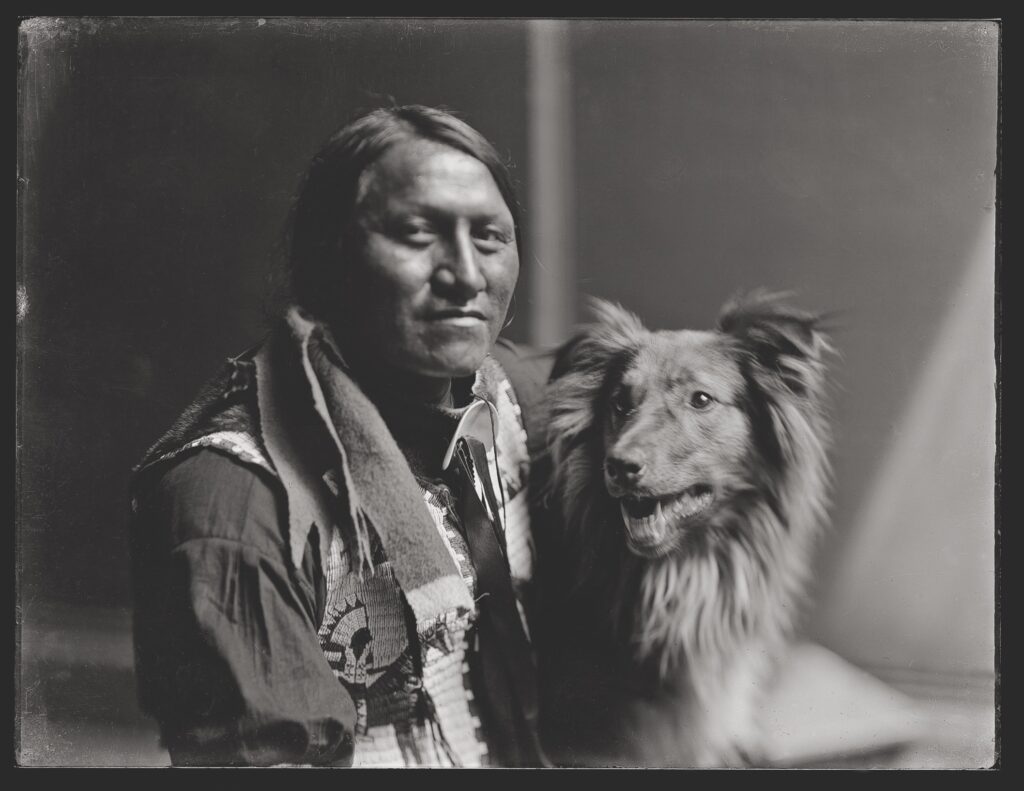
On the journey to the Pacific Ocean and back to the civilization of St. Louis, Missouri, Seaman would spend two and a half years with the members of the Corps of Discovery. He was indispensable and had many roles, from hunting small game, guarding the camp, to peacemaker with the many Native Americans the expedition encountered, Seaman proved his worth. He would traverse seven thousand miles with the men (and one lone Shoshone woman: Sacagawea) and was written about in their journals. It has been noted that at the start of the expedition the men referred to Seaman as “Captain Lewis’s dog,” but, by the end of the journey, that phrase was replaced with the simpler and more endearing “our dog.” (Myers, 2002)
Seaman established himself as invaluable and laid the groundwork for future domesticated dogs who would also travel West with their owners in the 19th century. Being a Newfoundland dog, he was known for his strength, ability to swim, and his endless loyalty. He helped boost morale during challenging times and on more than one occasion he alerted the Corps to dangers, including wild animals (a buffalo charged their camp one night that Seaman helped to chase off!), and strangers. The Native Americans that the Corp encountered had never seen a dog so large before. Seaman’s unique appearance made him a novelty, and this helped foster positive interactions with many tribes.
And unlike all too many stories of this nature where the beloved pet perishes, Seaman survived the journey and returned home with Lewis! Some accounts suggest Seaman remained with Lewis until Lewis’s untimely (and controversial) death in 1809.
One story claims that a dog believed to be Seaman was seen mourning at Lewis’s gravesite, refusing to leave his master even after death. If true, this would suggest Seaman was deeply bonded with Lewis and died shortly after him.
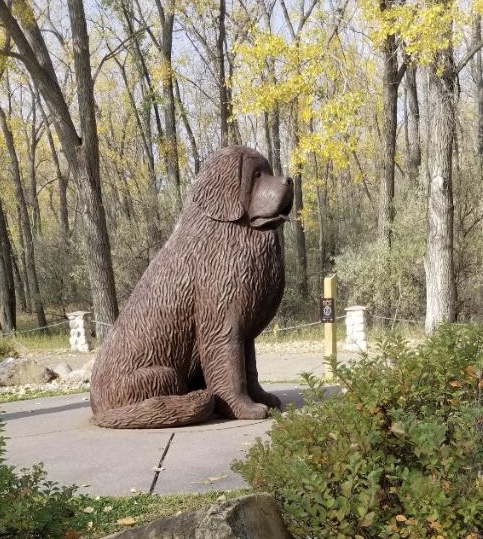
No matter what Seaman’s fate was, he has been beloved across the generations and immortalized in America with no less than five notable statues depicting him. Today, these monuments can be found along the route the Corps of Discovery took in the 19th century. (Seaman (dog).)
CATS TRAVELING WEST
Though less heralded in pioneer lore, cats were equally vital to Westward expansion. They were primarily valued for their exceptional rodent-controlling abilities. In an era when food storage was a constant challenge, cats protected grain stores, provisions, and other supplies from mice and rats. This made them indispensable in agricultural settings and burgeoning towns alike.
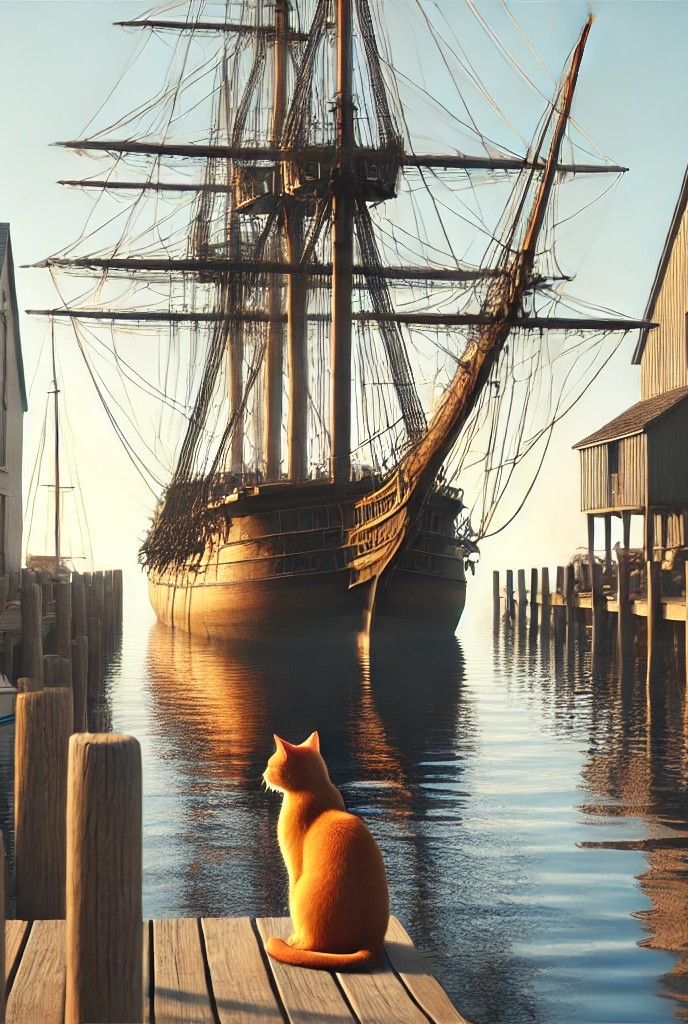
Cats were transported West in one of two ways: by land or by sea.
Much less common on The Oregon Trail than dogs, but not unheard of, some pioneers took their cats with them. Often being more difficult to manage on the long journey and the hardships of the trail adding to the animals’ stress, the cats were usually put in crates or wicker baskets that had a latched lid and left to ride in the wagon or be carried by one of their owners. Once settlers reached their destinations, cats quickly integrated into homesteads, barns, and even urbanized areas. Their rapid reproduction and adaptability enabled them to establish stable populations in new territories very quickly.
But it was the Sea Routes that dominated the domestic cat’s relocation to the Western seaboard. Already a shipboard necessity, cats have been a common presence on ships for much of maritime history. They played a vital role in controlling rodents on board the ships and thus protected food supplies and cargo.
During the California Gold Rush, thousands of ships arrived in Western seaports such as San Francisco and Portland. The ships came from the world over: Europe, Asia, even the Eastern United States. This sheer volume of nautical traffic during the 19th century Westward Expansion therefore made sea routes the central way cats reached the West Coast.
And while the West Coast itself had an abundance of felines, further inland and in more remote areas, cats were still at a premium. The rise of mining towns, railroads, and homesteads created a demand for pest control and cats were up to the challenge. So valued in these towns, that cats were sometimes traded for great sums.
When the famous town of Deadwood, South Dakota was overrun with rodents, one of the first recorded shipments of cats arrived in 1876 by land. Deadwood’s sheriff, Seth Bullock, wrote an account of “a wagon load of house cats” that had been shipped to Deadwood and the man selling the cats was asking – and getting! — $15-$25 per cat! (Prairie Companions) Like Seaman the dog, this was an astonishing amount of money for the time. In 2025, it is the equivalent of $440-$735 a cat!
Once cats were established in an area, their populations often grew quickly due to their high reproductive rates. This seemed to have happened in Deadwood because, by 1877, the cat population was enormous. So large was it that cats became a popular pampered pet beside being delegated to vermin control.
The proliferation of cats and dogs in the West was rapid and widespread. Dogs’ ability to travel long distances made them natural companions for pioneers, and their presence was soon abundant in homesteads, towns, and Native communities. Cats, though less mobile, thrived once introduced to settlements, quickly establishing populations where food and shelter was available.
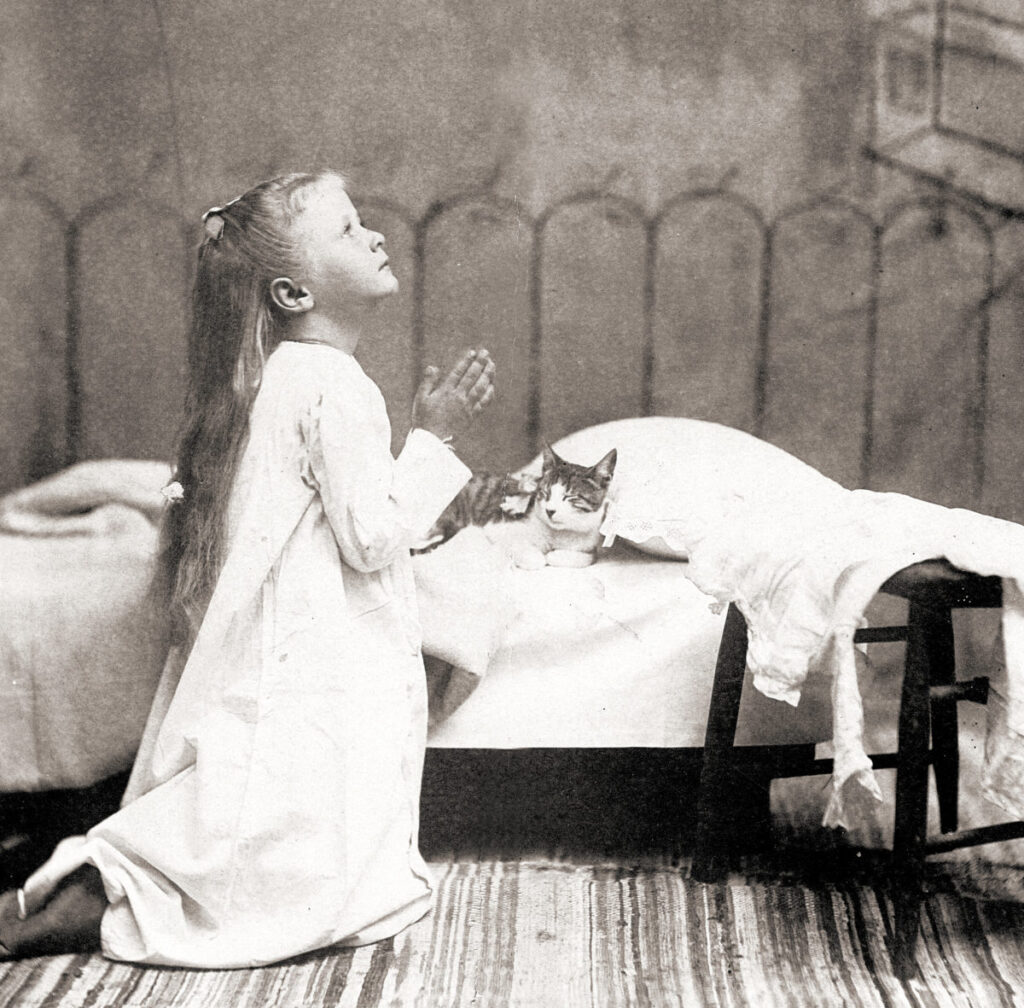
But, beyond their practical uses, cats and dogs provided settlers with much-needed emotional support. The isolation and hardships of the frontier life took a toll on mental health, and the companionship of animals offered comfort and a sense of normalcy. They became integral members of pioneer families.
Cats and dogs were more than mere passengers on the journey Westward; they were active participants in the expansion and development of the American frontier. Their contributions to pest control, security, companionship, and cultural integration were invaluable, ensuring the survival and well-being of countless families and communities.
By the late 19th and early 20th centuries, as the West’s human population was rapidly increasing, so too was the population of both cats and dogs. By the early 1900s, Western cities such as San Francisco, Denver, and Seattle had become bustling urban centers with pet populations so great as to rival that of East Coast cities like New York City or Boston. And, with the advent of the railroad, cats and dogs were able to travel West (or East!) in greater comfort and style by rail.
Today, the stories of these animals offer a glimpse into the everyday lives of pioneers and animals alike. Whether guarding a family’s wagon on the Oregon Trail, catching mice in a mining town, or providing comfort to a lonely child, cats and dogs were indispensable to the Westward Expansion. Their legacy endures in the bond between humans and their animal companions to this very day. They may have started off as workers, but by journey’s end, they were now also considered part of the family – a view not always held before the Westward Expansion.
References:
Hufford, Deborah. (May 8, 2023). “Prairie Companions.” Notes from the Frontier. https://www.notesfromthefrontier.com/post/prairie-companions
Myers, Laurie. (2002). Lewis and Clark and Me. Henry Holt and Company LLC.
Wikipedia. (n.d.). “Seaman (dog).” Wikipedia. https://en.wikipedia.org/wiki/Seaman_(dog)
Images:
- “A photorealistic image depicting two dogs, seen from behind, trotting side by side on a dusty trail as they follow their wagon.” DALL·E https://chatgpt.com/
- “A photorealistic image of a large wooden sailing ship with masts and rigging, approaching a set of docks with a cat watching.” DALL·E https://chatgpt.com/
- “Charging Thunder and Dog Location Unknown, Buffalo Bill’s Wild West Show, circa 1900.” Gertrude Käsebier. https://truewestmagazine.com/article/pioneer-pets/
- “This 1890s cat seems content on the bed of a little girl who may be praying her pet purrs but otherwise remains quiet all night.” https://www.historynet.com/feral-cats-wild-west/
- “An early 1900s cat perched on the upper log of a cabin in Washington state poses with a woman at a spinning wheel and a watchful dog.” https://www.historynet.com/feral-cats-wild-west/
- “Seaman at Fort Mandan.” https://en.wikipedia.org/wiki/Seaman_(dog)
Further Reading:
Grier, Katherine C. (2006). Pets in America: A History. University of North Carolina Press.

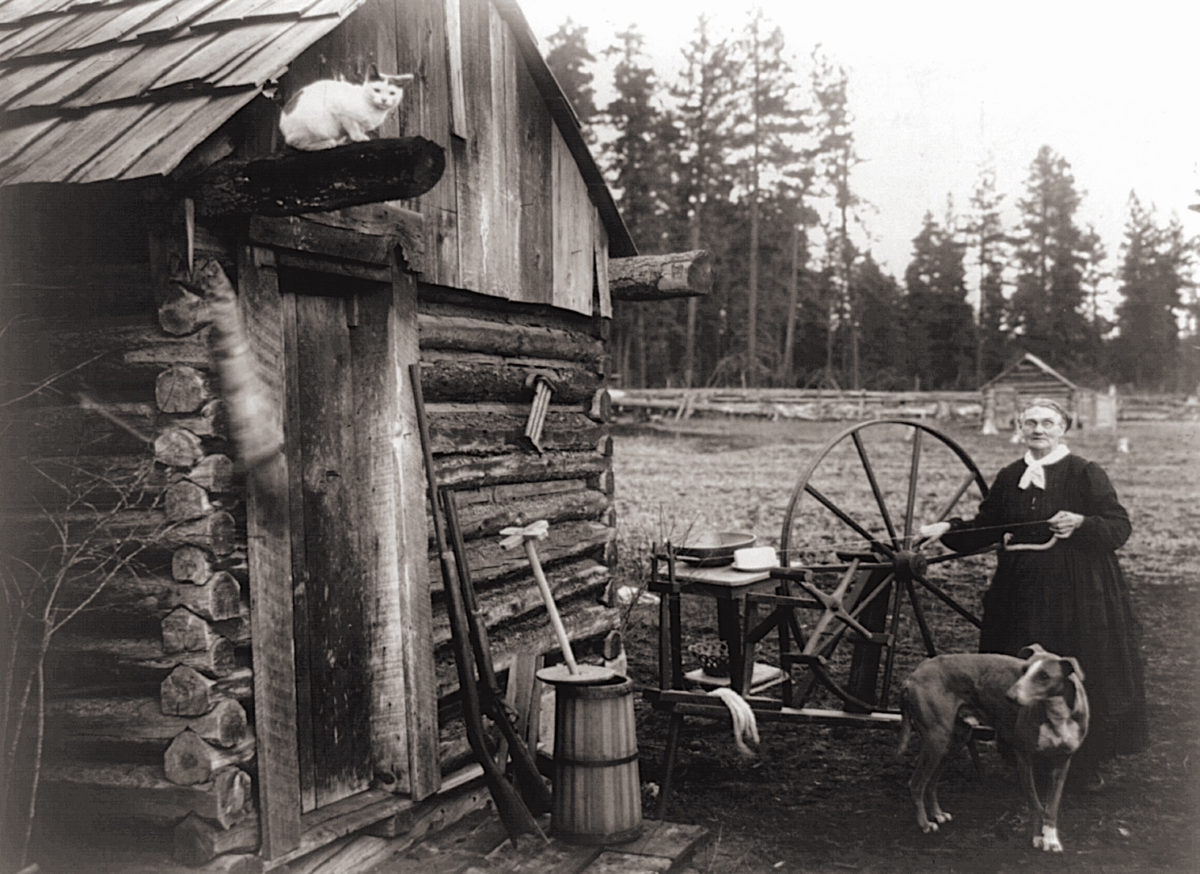
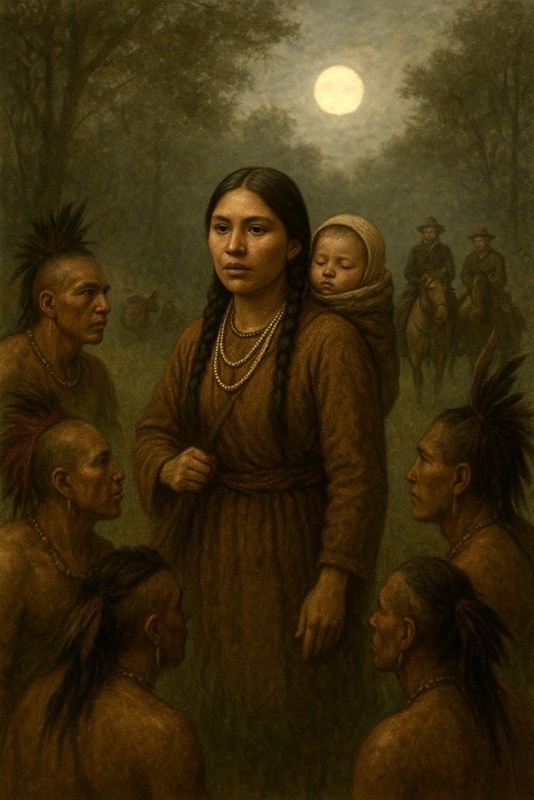
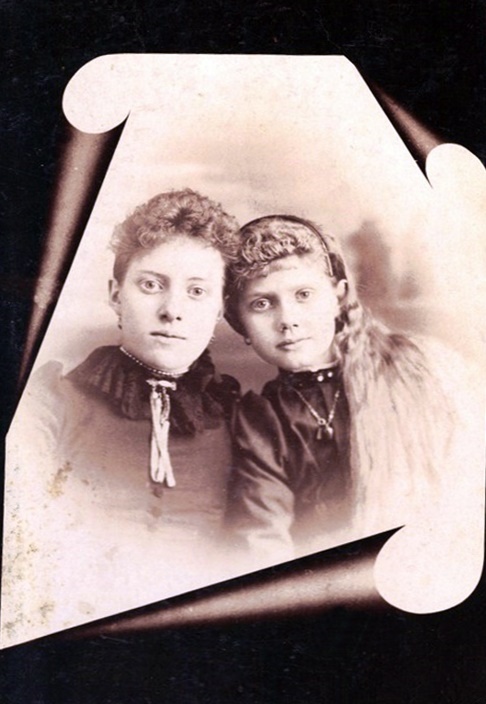
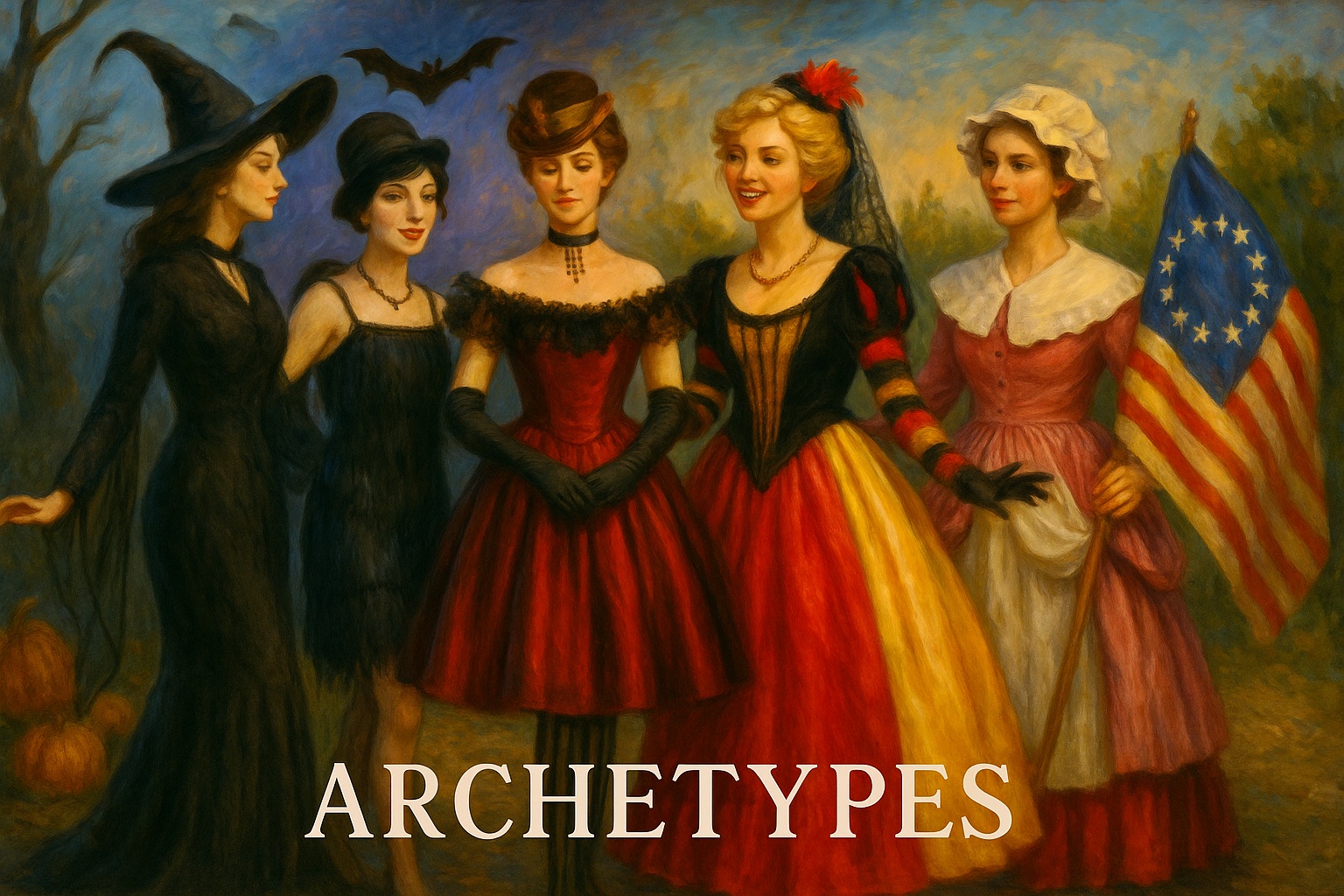
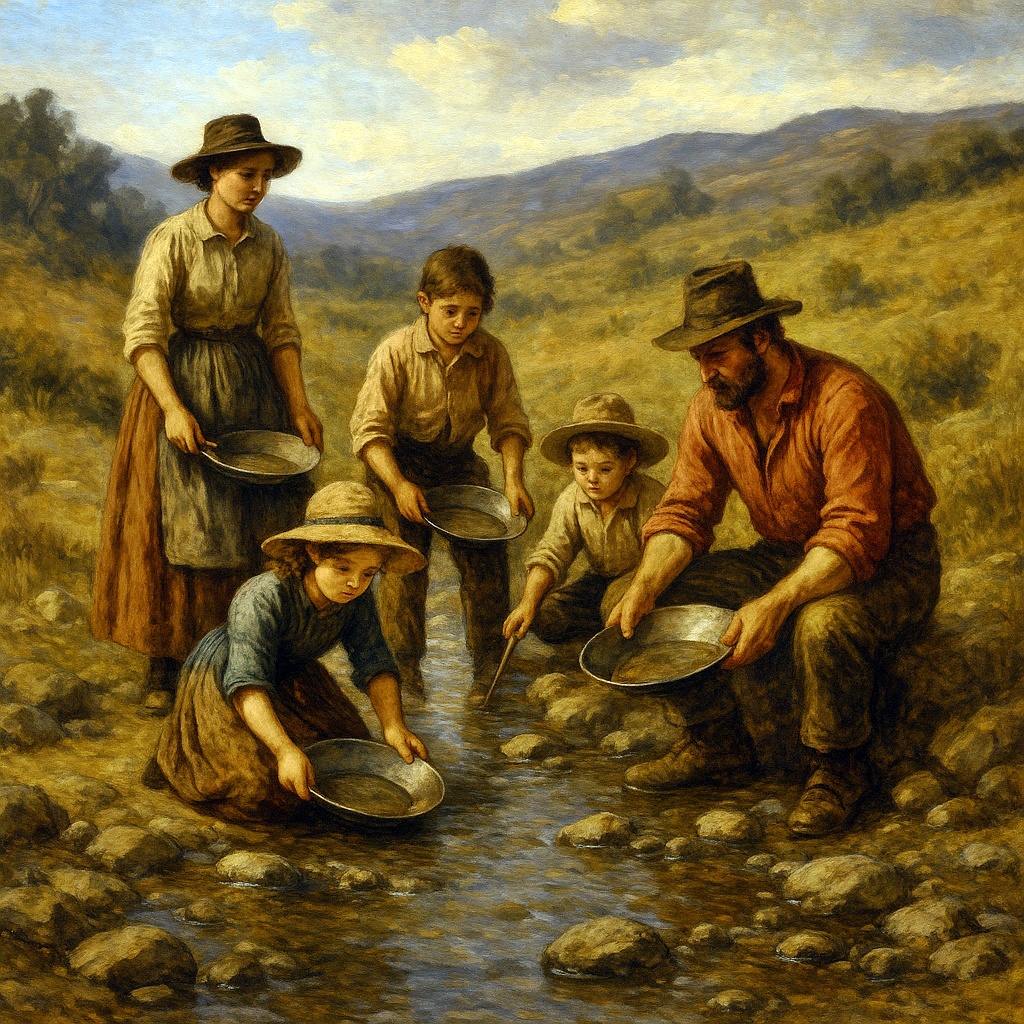
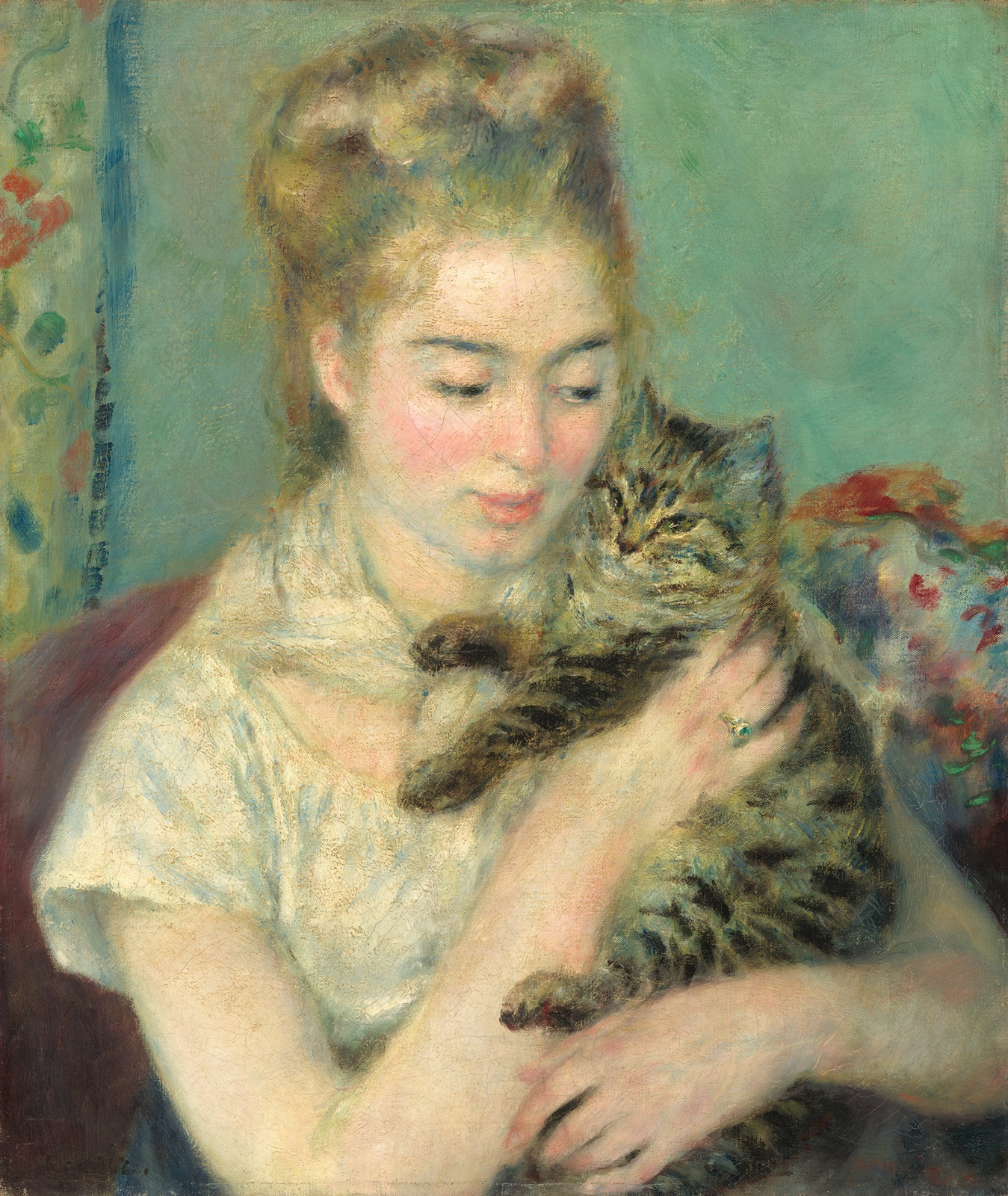


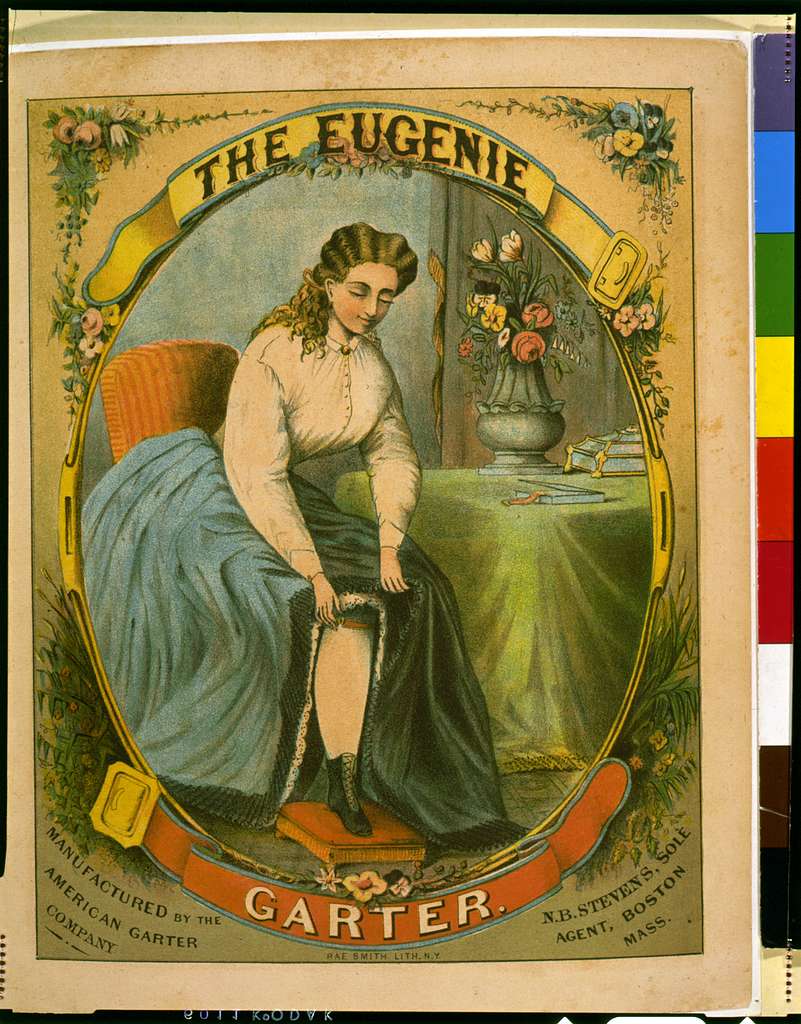

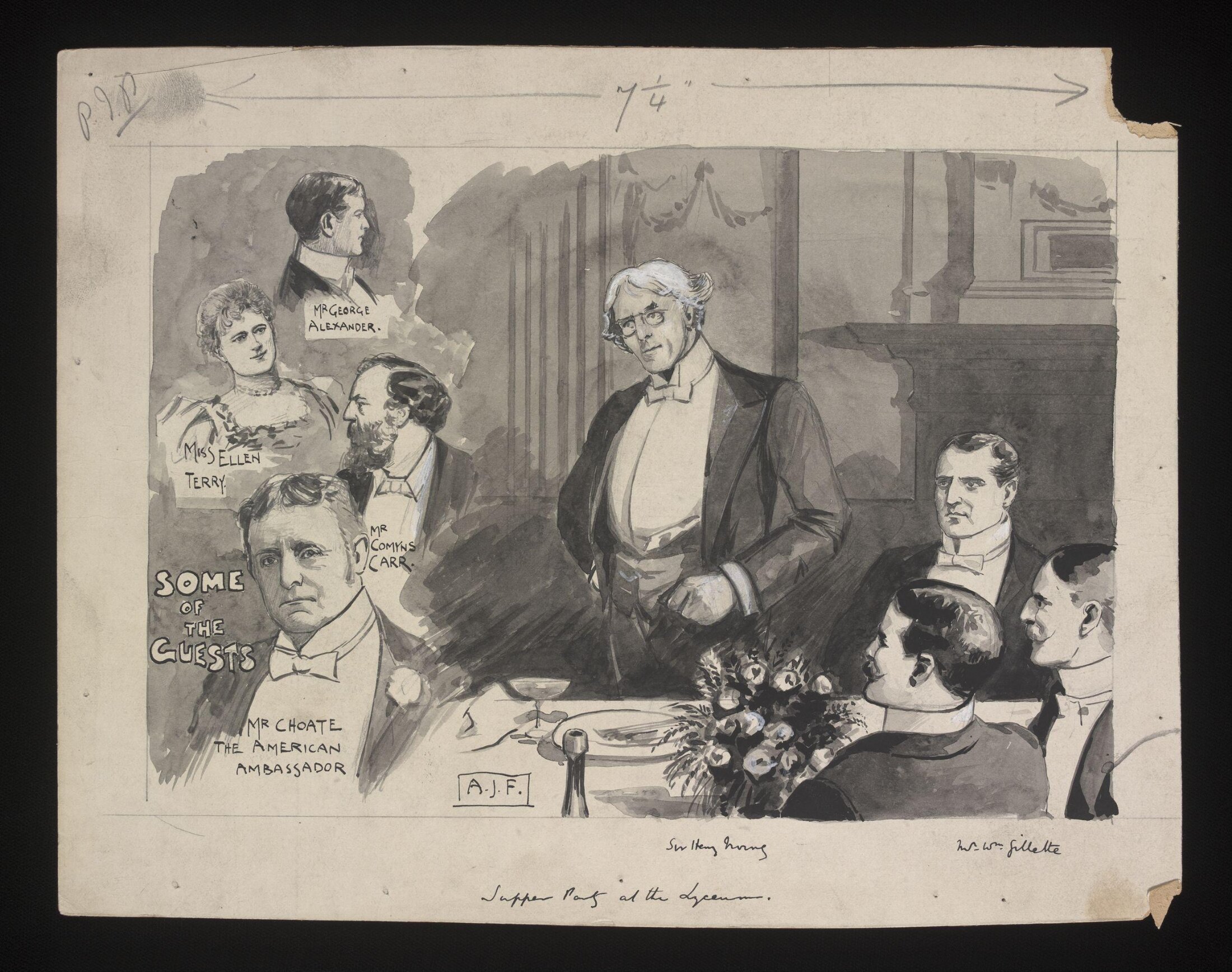
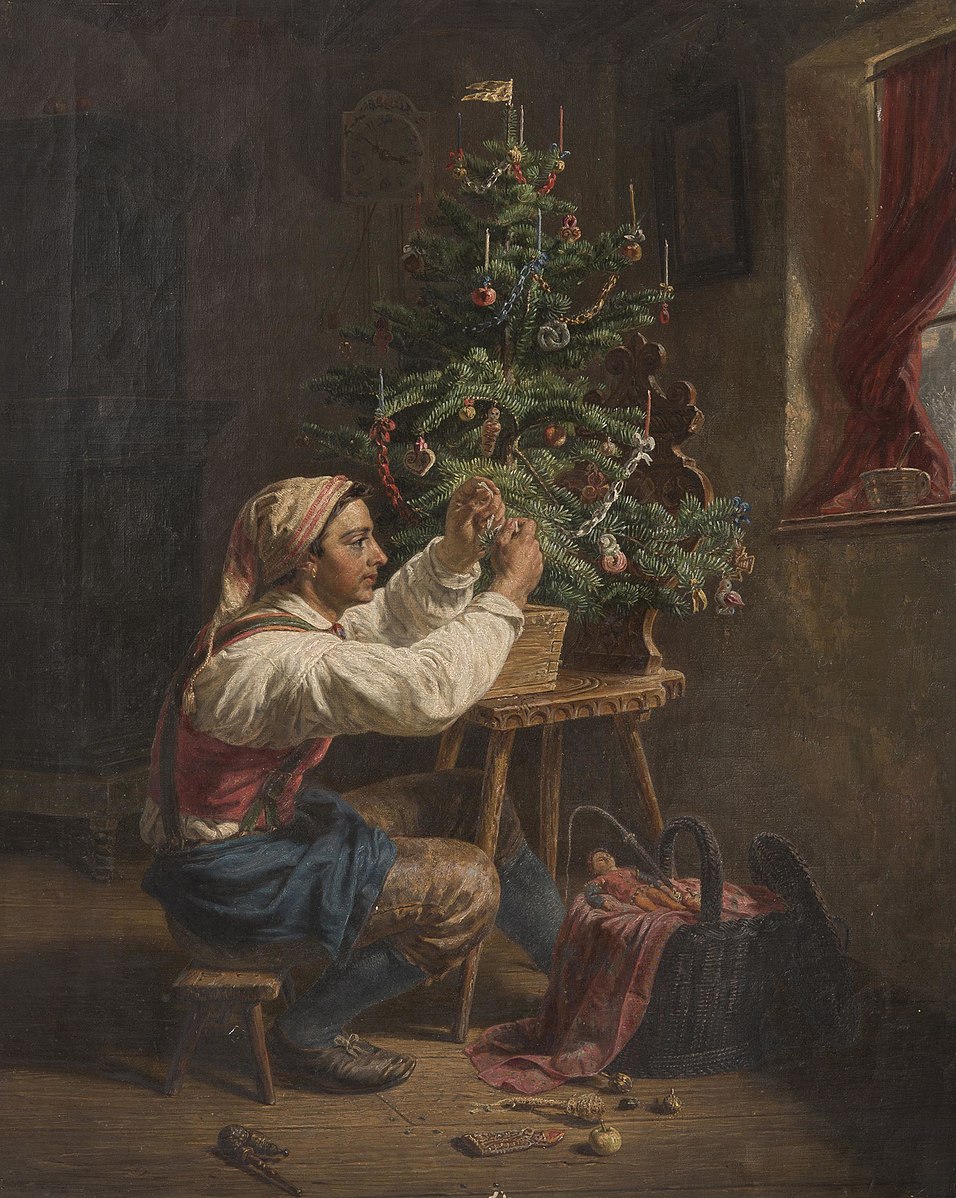
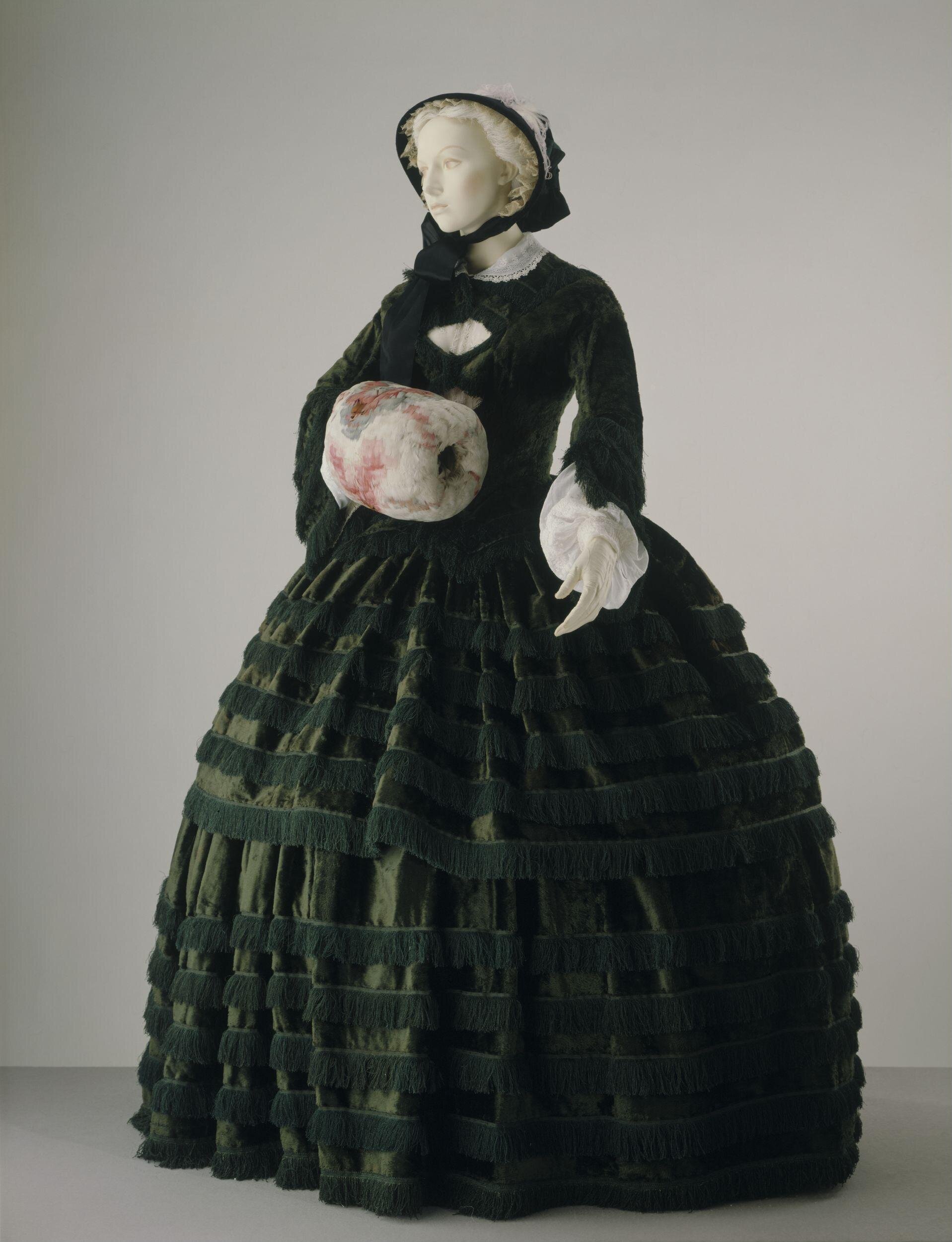
Leave A Comment